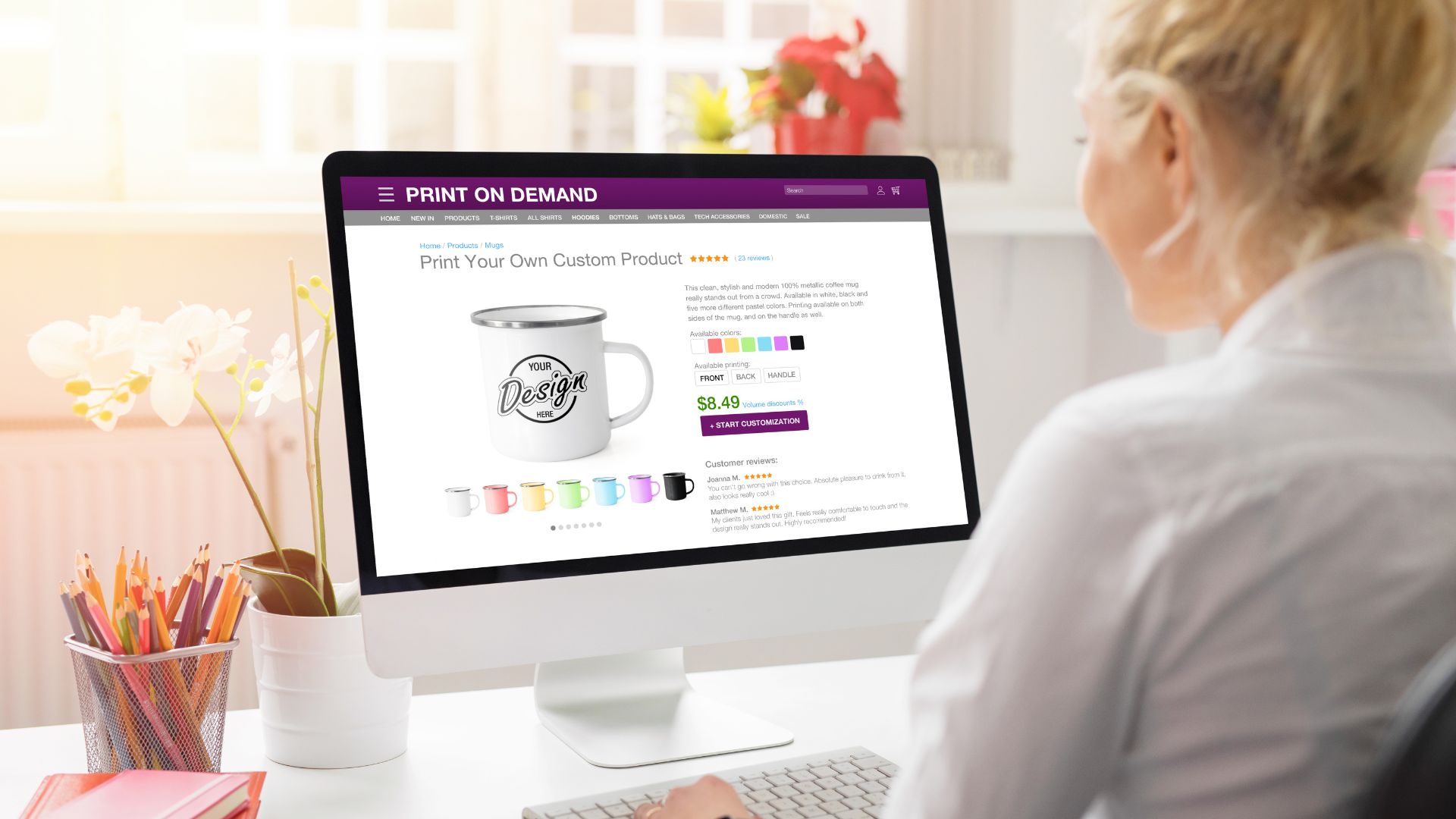If you’ve noticed your WordPress site dragging its feet lately, you’re not imagining things. Visitors bounce quickly from slow websites, and that sluggish load time could be hurting both your credibility and conversions. But the good news? A slow WordPress site is usually fixable — once you know where to look.
Here’s a breakdown of ten surprisingly common culprits — and what you can do about each one.
1. Unoptimised Images Increasing Load Time

Big, beautiful images are great — until they start slowing things down. Uploading images straight from your phone or stock library without compression is a bit like trying to run a marathon in heavy boots.
Instead, use formats like JPEG for photographs, PNG for transparent images, and WebP when available. Tools like TinyPNG or ShortPixel compress files without losing quality. Your site gets to look sharp without sacrificing speed.
Also, don’t forget about sizing. Uploading a 3000px-wide image for a section that only needs 800px is digital overkill. Crop, resize, and compress — that trio alone can do wonders for your load times.
2. Too Many Plugins Running Simultaneously
Plugins add functionality, sure. But each one is a piece of code your server needs to run. Have too many, or ones that aren’t well-coded? Your site can grind to a halt.
It’s worth checking: which ones are essential? Which overlap? And which haven’t been updated in years? Consolidating features and removing clutter can often shave seconds off your load time.
Some plugins may perform background tasks even if they’re not actively being used. Things like backups, security scans, or analytics can consume more resources than expected. Keep what you use — and deactivate what you don’t.
3. Low-Quality or Shared Hosting Provider

Hosting isn’t just about where your website lives — it’s the foundation of your site’s performance. Cheap shared hosting often means you’re crammed in with hundreds of other websites, all competing for the same server resources.
If your site has outgrown its starter plan, consider switching to a managed WordPress host or a virtual private server (VPS). You’ll notice the difference in load times and stability almost immediately.
Hosting providers with outdated hardware or limited bandwidth can throttle your performance. A solid host invests in infrastructure and prioritises uptime and speed. If you’re unsure, ask for a performance report — or run a server response test.
4. No Caching System in Place
Without caching, your site has to reload from scratch every single time a visitor lands. That means fetching data, generating pages, and assembling it all on the fly — every time.
A caching plugin (like WP Rocket or W3 Total Cache) stores ready-to-go versions of your pages, so repeat visitors see your content much faster. It’s a small setup step that delivers big speed gains.
Browser caching, object caching, and page caching all work slightly differently, but they have one shared purpose: less work for the server. Less work = faster load times.
5. Outdated Themes or Plugins

An old theme might look fine, but behind the scenes, it could be filled with inefficient code. And plugins that haven’t seen updates in years? They might be clashing with the latest WordPress version or each other.
Check your update history. If things haven’t changed in months — or years — it could be time for a refresh. Modern themes are built with speed and mobile-friendliness in mind. That alone can make a huge difference.
Security is a concern here, too. Outdated plugins often create vulnerabilities. Even if they work “just fine,” the cost of leaving them unattended could be site-wide slowdowns — or worse.
6. Too Many External Scripts or Ads
Analytics tools, social media embeds, ad scripts — they all add useful features. But every external call (to YouTube, Facebook, tracking pixels, etc.) is one more delay in your site’s loading.
Try limiting how many third-party scripts load on your pages. If something’s not essential, it probably shouldn’t be slowing down your homepage.
Lazy loading can help, especially for embedded content. It tells your browser not to load something until it’s needed. That way, the rest of your page can load without waiting for a social feed or video widget to finish fetching.
7. Heavy Use of Redirects

Redirects guide users from old links to new ones — helpful, but overdoing it can cause a domino effect. Multiple redirects stacked on top of each other slow the loading process and confuse browsers.
A quick audit of your redirects can highlight chains or loops. Tools like Screaming Frog or Redirection help spot unnecessary or outdated redirect rules.
Search engines also factor in redirects when assessing page speed. If you’re relying on them heavily, your SEO might take a hit, especially if mobile performance is already struggling.
8. Poorly Coded or Bloated Theme
Not all themes are created equal. Some pack in every imaginable feature, whether you use it or not, which bloats the code and weighs everything down.
Lightweight themes like Astra or GeneratePress are popular because they’re built with performance in mind. If your current theme is causing long load times or layout issues, consider switching to one that puts speed first.
Premium themes with too many built-in sliders, popups, or animations may look great on a demo, but perform poorly in real-world use. Always test a theme’s speed before going live.
9. Lack of a Content Delivery Network (CDN)

If your site is hosted in London but your users are in Sydney, every image and script takes longer to load. A CDN stores copies of your site’s assets on multiple servers worldwide, serving them from whichever is closest to the visitor.
Services like Cloudflare or BunnyCDN are easy to implement and drastically reduce load times for international users.
A CDN also helps distribute bandwidth, so if you get a sudden traffic spike, your server doesn’t panic. It’s an insurance policy against slowdowns — and a quiet win for user experience.
10. Database Not Cleaned or Optimised
Your WordPress database holds everything — posts, comments, settings, plugin data. Over time, it builds up overhead: spam comments, post revisions, and plugin junk you don’t see.
Plugins like WP-Optimize can clear the clutter. A clean, lean database runs queries faster and reduces the time it takes your pages to load.
Think of it like tidying a cluttered office. The less unnecessary paperwork to sort through, the quicker you’ll find what you need. Set database cleanups on a schedule and keep your backend running as smoothly as the front.
Speed isn’t just a technical metric — it’s a user experience issue, a conversion issue, and an SEO issue all rolled into one. If your site’s dragging, there’s probably more than one reason why. But each one is solvable.
Regular performance audits, paired with smart tools and some expert support, can turn a sluggish site into a smooth, fast-loading platform that keeps your visitors engaged.
Fly High Web works with businesses to pinpoint what’s slowing things down and fix it fast — whether it’s hosting, plugins, or behind-the-scenes issues.
If you’d rather not wrestle with databases and caching rules yourself, Fly High Web’s WordPress maintenance services are here to help. We’ll keep your site running at its best — so your users (and Google) don’t have to wait.
At the end of the day, page speed isn’t just a tech issue — it’s a business opportunity. A faster site builds trust, improves conversion, and gives you an edge in a crowded market. Fly High Web can help you get there.
